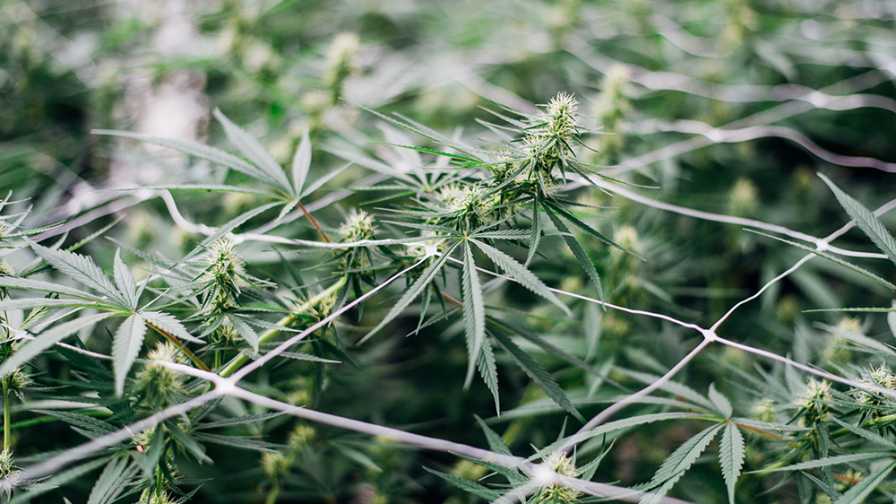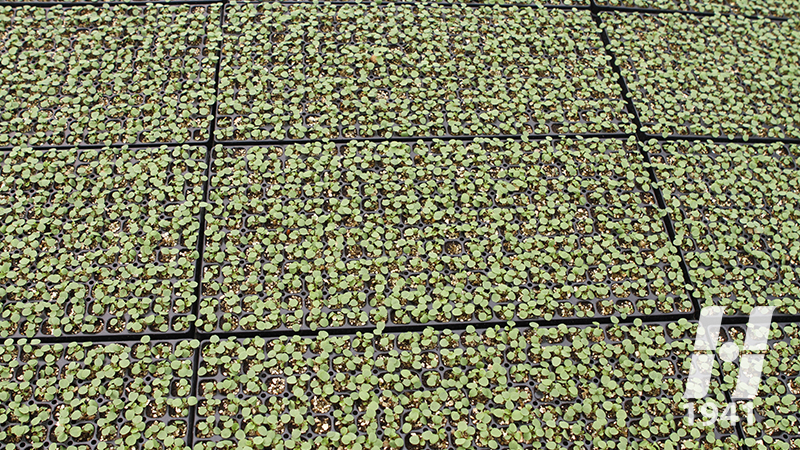The 3 G’s for Increasing Cannabis Yields

Photo: Heliospectra
When dealing with a high-value crop like cannabis, yield-optimization techniques can have a significant impact on the bottom line. The type of strain, environmental conditions, and growing experience all play key roles in the quality and size of a crop.
When industry expert Ryan Douglas discusses cannabis yields with clients, he speaks from experience. Douglas, Owner of Ryan Douglas Cultivation, previously spent three years as the Cultivation Director for Canopy Growth, Canada’s largest licensed producer of medical cannabis. At Canopy Growth, Douglas led the production of 70,000 plants and processing of 6 tons of dry cannabis annually.
Douglas recently spoke with Greenhouse Grower to discuss his top tips for increasing yields.
Q: What are some of your top tips for increasing yield and quality?
It’s a pretty broad topic, so one way I approach it when I speak with clients is looking at what I call the three G’s, which are the grower, genetics, and the greenhouse. Those three things are really the cornerstone and foundation of any productive cultivation program as it directly relates to increasing cannabis yields.
On the grower:
It probably goes without saying that it’s important to have a grower in charge of your facility who is experienced and skilled at commercial plant production. What I have found is that experienced growers have a great appreciation for timing and a good attention to detail. In commercial plant production, doing things on time can greatly influence the yields. For example, when you pinch or prune a plant or de-leaf a plant, you directly influence where the energy of that plant goes. If you’re pruning too late or you’re not de-leafing sufficiently, a lot of that plant energy will go into leaf production or stem production. There’s less flower as a result, so doing things on time can increase yield substantially. Those kinds of skills come with growers who have 10 years of experience as a commercial grower.
On the genetics:
There are some cannabis plants that are notoriously low yielders, so there’s not much you can do. There’s no amount of money you can throw at a low-yielding plant to make it yield more. On the low end, commercial growers should expect 30 to 35 grams of dried cannabis per square foot per harvest just as a metric. If a cultivator is working with a variety and after two or three crops is not hitting that number, he or she is going to be banging their head against the wall trying to increase yields because it’s not going to happen. It’s just a naturally low-yielding variety. My suggestion is to stop growing that plant — to switch it out.
On the greenhouse:
In my experience, if a greenhouse doesn’t really work, it can dramatically decrease cannabis yields. By working, I mean the goal of any greenhouse is to provide optimal growing conditions for the plant. If the growing conditions are chronically outside of optimum ranges, the plant is going to suffer and as a result, the yield is going to suffer. As an example, if you have high temperatures in a greenhouse during the summer months or real sunny days — if the temperature in the greenhouse is consistently over 90⁰F, the plant goes into survival mode. Chronically high temperatures can increase the risk of disease and insect infestations, and it might even increase the risk of hermaphroditic plants. Building a greenhouse that can manage those optimum temperature ranges or humidity ranges will go a long ways toward increasing cannabis yields.
Q: As a follow-up to genetics, are there certain varieties to avoid?
It’s tricky with the naming of varieties. In California, if someone said ‘Blue Dream’ is a huge yielder, somebody growing ‘Blue Dream’ in Michigan might have a totally different plant even though it’s the same name, so it’s a little tricky to pinpoint varieties that are huge yielders. But really the 30 to 35 (grams) is the low bar, and if growers can achieve 50 or even 70 grams per square foot, then they’re really in the ballpark. That’s when you become productive and really lucrative.
Q: What are some key considerations for creating optimal environmental conditions to boost yields?
The ideal temperature for cannabis production is between 68⁰F and 85⁰F. The coolest time of a 24-hour cycle is going to be at night or very early morning, so if a greenhouse works properly, it never lets the temperature go below 68⁰F. That means the greenhouse has an efficient heating system that can keep the plants warm during the night or during the winter. On the flip side of that, we want a greenhouse that can effectively maintain that temperature or less during the hottest days of the year. These are greenhouses that use a combination of shade cloth that either filters the light coming in or reflects it off the greenhouse and then some type of cooling (either a dehumidification or fan-and-pad system). Air circulation inside the greenhouse, so we’re talking about circulating fans — either horizontal airflow fans or vertical airflow fans.










